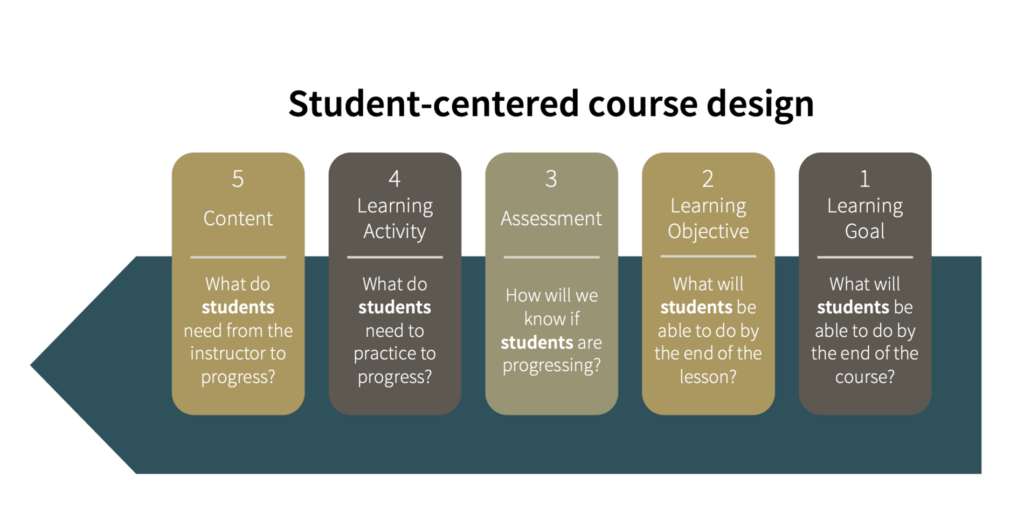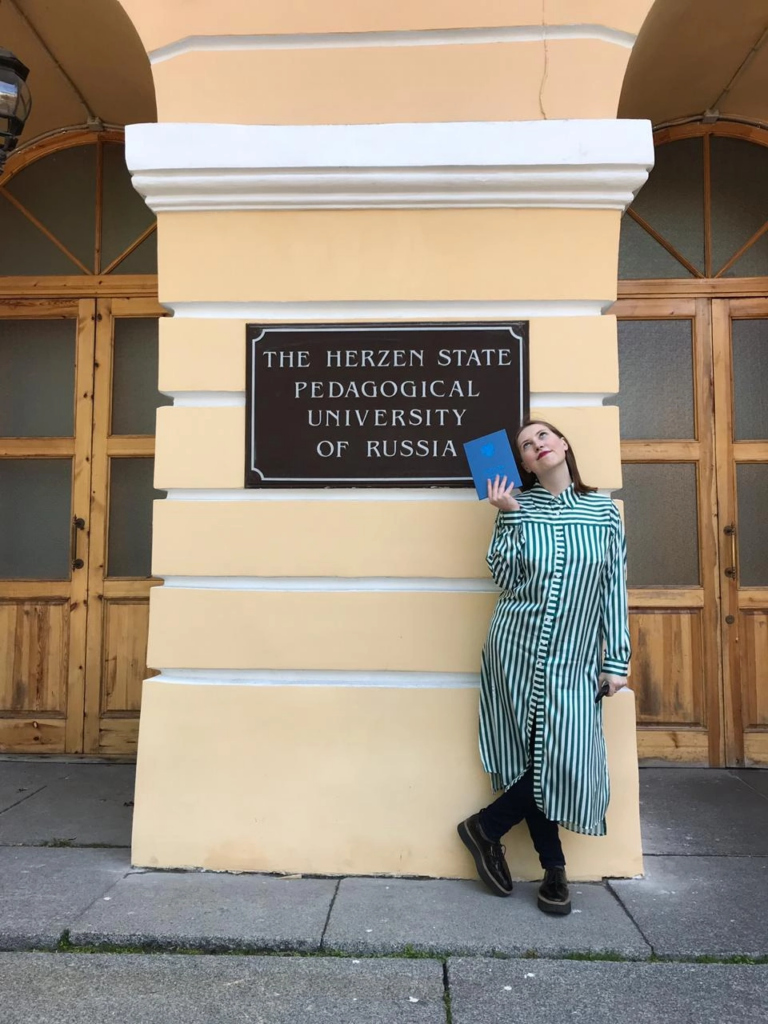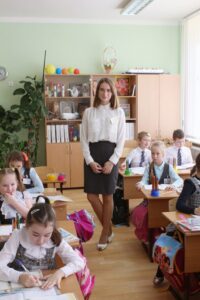As I mentioned before, I have no experience teaching in Canada. Most of my knowledge about the local education system comes from my colleagues and discussions in class. One of the biggest challenges I have observed is the lack of funding for essential resources, particularly textbooks. For example, one of my classmates suggests that some teachers are forced to share outdated textbooks or rely heavily on photocopied materials, impacting the quality of instruction. This raises a fundamental question: what can teachers do with limited funding, and what alternative resources can be used to support learning? Why are there no recommended student books and a firm state curriculum with all themes needed to be covered in BC (In my opinion, the BC curriculum is very flexible)? Is it due to finance constraints?
When it comes to teaching, especially language teaching, which is my area of expertise, the availability of structured resources is crucial. As a trained methodologist of English and Mandarin, I am capable of designing my own materials based on many learning theories I learned in my pedagogy class. However, I acknowledge that I am not more competent than PhD-level experts who have spent years developing structured curricula and textbooks. While I can design my own materials, this is time-consuming and may not be as effective as a well-designed textbook developed by experts. Teachers shouldn’t have to shoulder the burden of creating all their own resources due to funding shortages. A well-designed student book provides a clear framework, ensuring that lessons are cohesive, and that vocabulary and grammatical items complement each other effectively. Of course, not every textbook is perfect, and some may not align with a teacher’s personal preferences. However, having a core textbook supplemented with PowerPoint presentations, Miro board, websites, and videos can assist in creating a comprehensive teaching/learning experience. Fortunately, many textbooks are now available online, either for purchase or through school libraries, making them more accessible.
Russian educational system
Unlike the Canadian system, the Russian education system provides a standardized set of recommended resources for every subject, grade, and proficiency level (basic or advanced). These resources include books, workbooks, websites, and software that students can access both in school and home. Most subscriptions and books are provided by the school district for free (at least it was this way in my childhood). The biggest advantage of this system is that it grants teachers enough autonomy to navigate their teaching while maintaining a consistent standard across the country. This ensures that all students receive equal preparation for state exams, contributing to their academic success.
Digital and Interactive Learning Resources
One way to address the issue of physical resource shortages is through the use of digital textbooks and interactive learning tools. It also helps to shift the system from traditional teacher-centered education toward the studnet-oriented approach, where students are goal-driven and able to explore the topic by themselves. These resources offer several advantages in practice:
- Interactivity: Digital textbooks can include animations, videos, audio elements, and interactive exercises, making learning more engaging and effective.
- Up-to-date Content: Electronic textbooks can be updated quickly to reflect new discoveries in science, technology, and other fields.
- Accessibility: Students can access digital textbooks anytime and anywhere with an internet connection, making them ideal for homework and independent study. It also can be altered based on students` needs, for example, children with poor eyesight can zoom in.
- Personalized Learning: Digital platforms can adapt to individual student needs, offering additional materials or exercises based on their progress.
The choice of teaching resources is a crucial decision for educators. Should we rely on school recommendations, or should we independently select materials that best suit our students? In my view, a balanced approach is the best; schools districts/state should provide structured resources and materials recommendations, but teachers should have the flexibility to enhance lessons with supplementary materials.
With adequate funding and the right combination of traditional and digital resources such as podcasts, Miro board, PPTs, game-based VR, and etc., we can create an inclusive and effective learning environment. Investing in educational resources is an investment in the students` future. We, educators, need to advocate for adequate funding and ensure that all students have access to the materials they need to succeed. Ensuring that all students have access to quality educational materials is not just a matter of convenience; it is essential for their academic success and future opportunities.
References
Churchill, D. (2017). Digital resources for learning: Key issues concerning the use of digital resources in the classroom. Springer. https://doi.org/10.1007/978-981-10-3776-4
Gushchina, O. V. (2021). Using the Miro board in teaching Russian as a foreign language: The case of teaching the food products topic. Izvestia Herzen University Journal of Humanities & Sciences, 200, 77–86. https://doi.org/10.33910/1992-6464-2021-200-77-86






Recent Comments